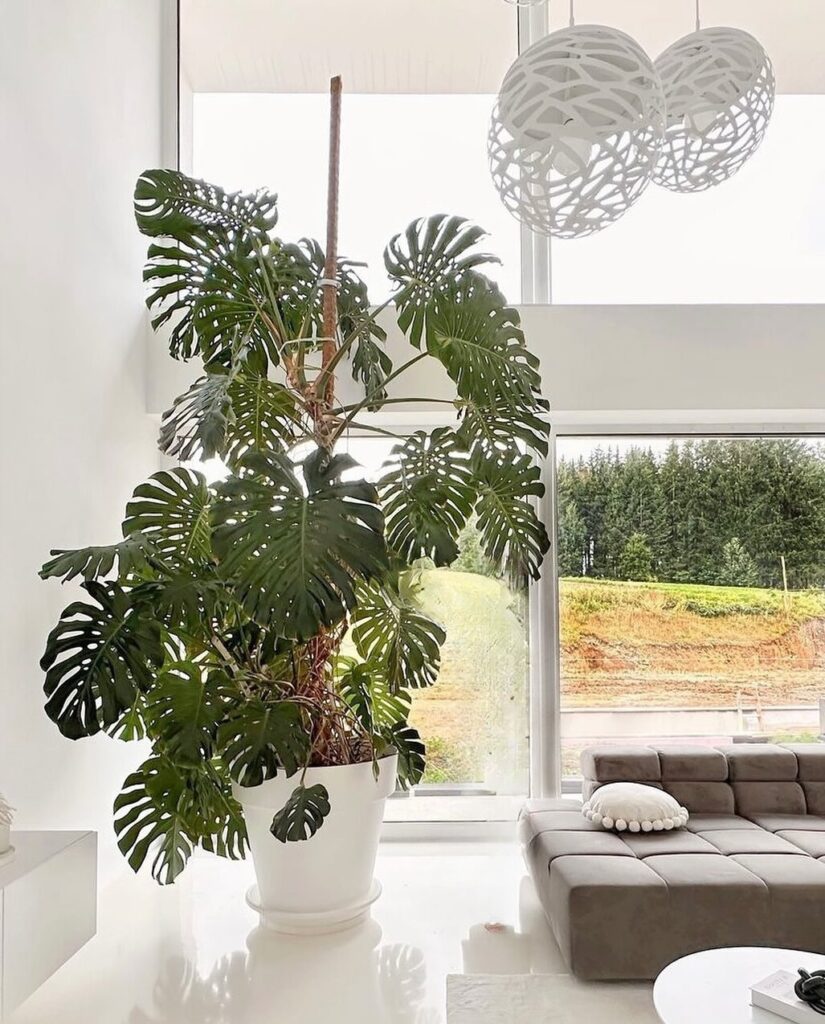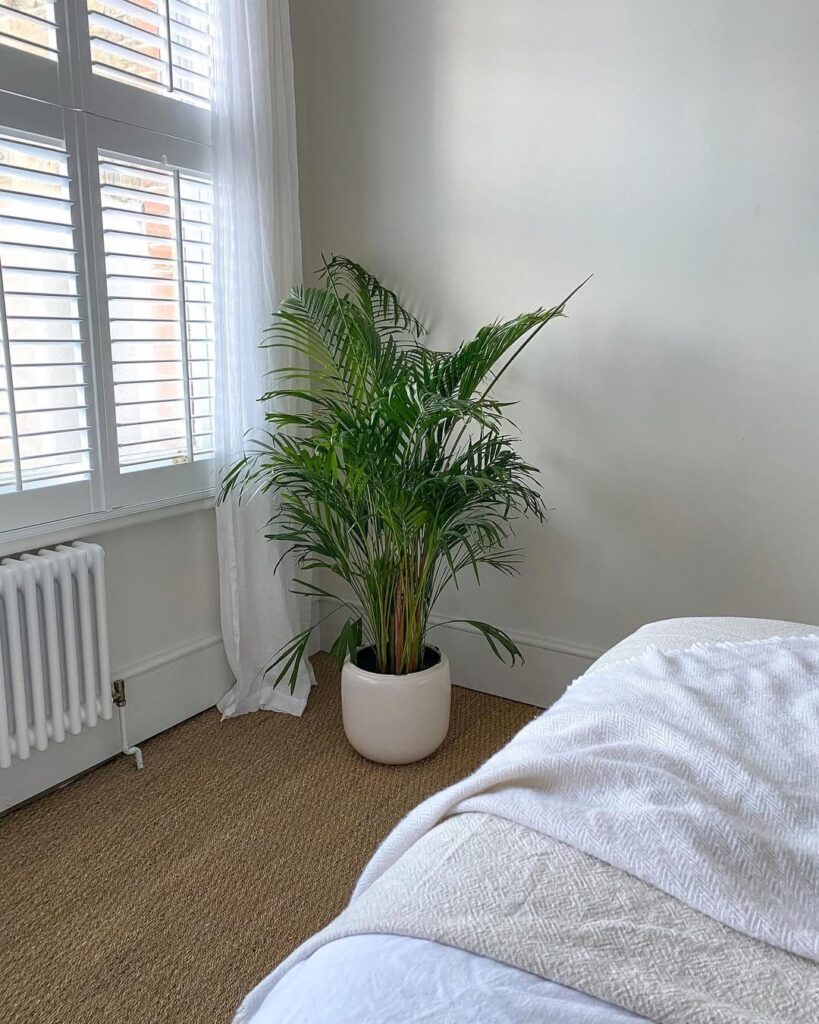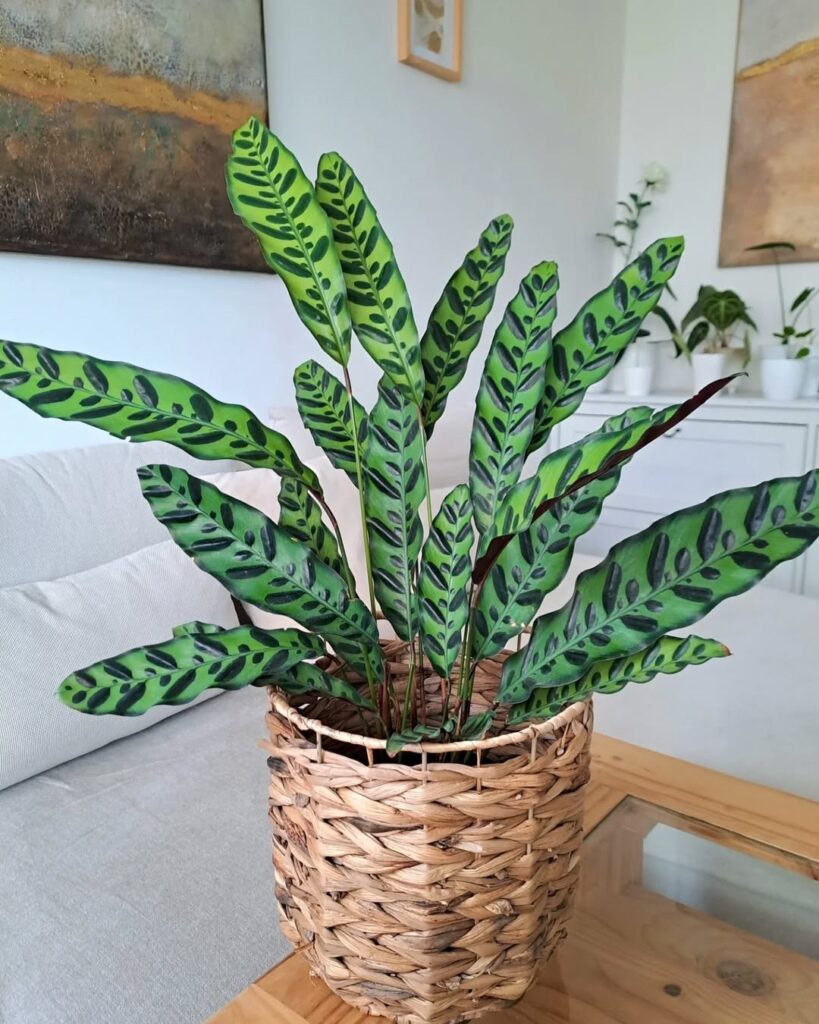Are you yearning for a slice of tropical paradise right in your living room? Tropical plants can transform any indoor space into a lush oasis. They’re not only stunning to look at, but many also purify the air, making your home healthier. Here’s a guide to some spectacular tropical plants that thrive indoors, adding a vibrant touch to your decor.
Contents
- 1 Types of Tropical Plants for Indoors
- 1.1 Monstera Deliciosa (Swiss Cheese Plant)
- 1.2 Fiddle Leaf Fig (Ficus lyrata)
- 1.3 Bird of Paradise (Strelitzia reginae)
- 1.4 Areca Palm (Dypsis lutescens)
- 1.5 Peace Lily (Spathiphyllum)
- 1.6 ZZ Plant (Zamioculcas zamiifolia)
- 1.7 Philodendron
- 1.8 Rubber Plant (Ficus elastica)
- 1.9 Alocasia (Elephant Ear)
- 1.10 Calathea
- 1.11 Anthurium
- 1.12 Croton (Codiaeum variegatum)
- 1.13 Dieffenbachia (Dumb Cane)
- 1.14 Bromeliads
- 1.15 Chinese Evergreen (Aglaonema)
- 1.16 Pothos (Epipremnum aureum)
- 2 Caring for Your Tropical Plants
- 3 Conclusion
Types of Tropical Plants for Indoors
Monstera Deliciosa (Swiss Cheese Plant)

Monstera deliciosa is a true statement plant with its large, glossy, and uniquely split leaves. It’s relatively easy to care for, making it a popular choice among plant enthusiasts. Place it in indirect sunlight and water it when the top inch of the soil feels dry.
Fiddle Leaf Fig (Ficus lyrata)

With its broad, violin-shaped leaves, the fiddle leaf fig is a favorite for its dramatic appearance. It prefers bright, filtered light and should be watered when the soil is dry about an inch deep. Be sure to rotate the plant occasionally for even growth.
Bird of Paradise (Strelitzia reginae)

The Bird of Paradise plant is known for its striking flowers that resemble a bird in flight. While it’s famous for its blooms, the broad, banana-like leaves are also quite decorative. This plant thrives in bright light and needs regular watering.
Areca Palm (Dypsis lutescens)

Areca Palm, also known as the butterfly palm, brings a tropical feel with its feathery, arching fronds. It’s an excellent air purifier and does well in bright, indirect light. Keep the soil consistently moist but not waterlogged.
Peace Lily (Spathiphyllum)

Peace lilies are celebrated for their elegant white flowers and lush green leaves. They are relatively low-maintenance, thriving in low to bright indirect light. Water them when the soil is dry to the touch and enjoy the cleaner air they provide.
ZZ Plant (Zamioculcas zamiifolia)

ZZ Plants are known for their waxy, smooth leaves that reflect light, making them ideal for brightening up a room. They are incredibly resilient and can tolerate low light and irregular watering, making them perfect for beginners.
Philodendron

Philodendrons come in various shapes and sizes, from heart-leaf varieties to split-leaf types. They are adaptable and can thrive in low to bright indirect light. Water them when the top inch of soil is dry.
Rubber Plant (Ficus elastica)

Rubber plants have thick, glossy leaves that add a touch of elegance to any space. They prefer bright, indirect light and should be watered when the top inch of soil is dry. Be cautious not to overwater, as they are prone to root rot.
Alocasia (Elephant Ear)

Alocasia plants are known for their large, arrow-shaped leaves that resemble elephant ears. They thrive in bright, indirect light and high humidity. Keep the soil consistently moist and mist the leaves regularly to maintain humidity.
Calathea

Calatheas are prized for their striking leaf patterns and colors. These plants do well in low to medium light and prefer consistently moist soil. They also enjoy high humidity, so consider placing them in a bathroom or using a humidifier.
Anthurium

Anthuriums are famous for their glossy, heart-shaped leaves and long-lasting blooms in red, pink, or white. They thrive in bright, indirect light and need regular watering. Ensure the soil remains moist but not soggy.
Croton (Codiaeum variegatum)

Crotons are known for their vibrant, multi-colored leaves. They prefer bright light to maintain their colorful foliage. Keep the soil evenly moist and provide good drainage to prevent root rot.
Dieffenbachia (Dumb Cane)

Dieffenbachia plants have large, variegated leaves that can brighten up any room. They do well in low to medium light and require regular watering, but allow the top inch of soil to dry out between waterings.
Bromeliads

Bromeliads are unique plants that come in a variety of colors and patterns. They thrive in bright, indirect light and prefer to be watered in the central cup rather than the soil. These plants also appreciate high humidity.
Chinese Evergreen (Aglaonema)

Chinese Evergreens are hardy plants with beautiful, patterned leaves. They can tolerate low light and irregular watering, making them great for beginners. Water when the top inch of soil is dry.
Pothos (Epipremnum aureum)

Pothos is an incredibly versatile plant that’s easy to care for. Its trailing vines and heart-shaped leaves can thrive in low to bright indirect light. Water when the soil is dry to the touch.
Caring for Your Tropical Plants
- Light: Most tropical plants prefer bright, indirect light. Avoid placing them in direct sunlight as it can scorch their leaves.
- Water: Overwatering is a common issue with indoor plants. Allow the soil to dry out slightly between waterings.
- Humidity: Tropical plants thrive in humid environments. Consider using a humidifier or misting the plants regularly.
- Soil: Use well-draining soil to prevent root rot. A mix of potting soil, peat, and perlite works well for most tropical plants.
- Fertilizer: Feed your tropical plants with a balanced fertilizer during the growing season (spring and summer) to encourage healthy growth.
Conclusion
Bringing tropical plants into your home can create a lush, vibrant atmosphere. With their diverse shapes, sizes, and colors, they can turn any indoor space into a miniature paradise. Whether you’re an experienced plant parent or just starting out, there’s a tropical plant that’s perfect for you. Happy planting!
